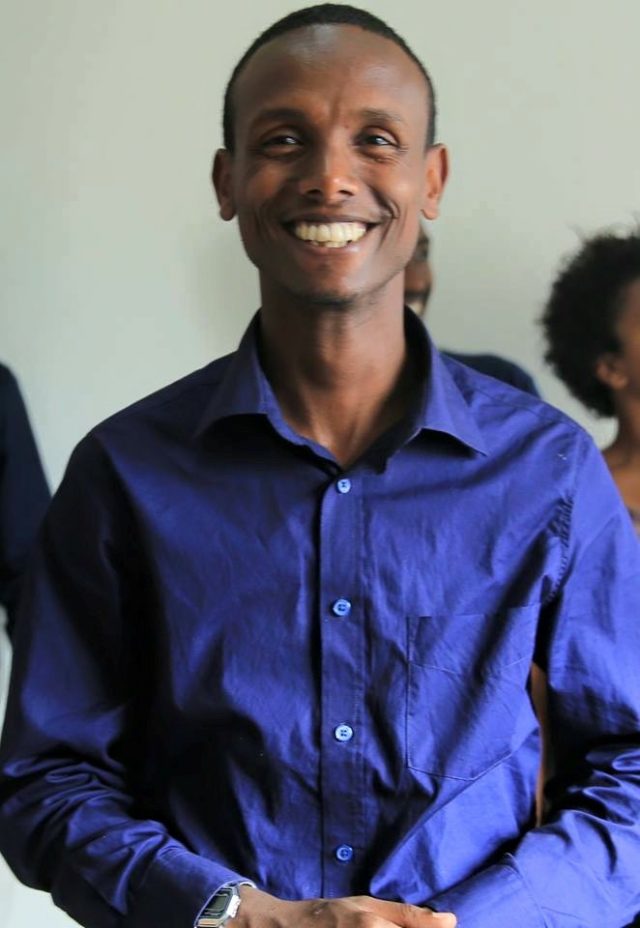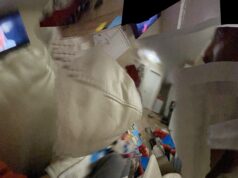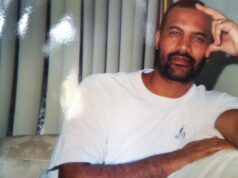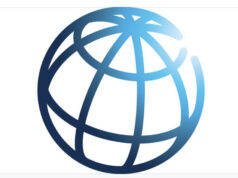The recent clash between Oromo and Somali citizens of Ethiopia across the longest regional border in the South-Eastern part of the country is only different from previous ethnic clashes in a few things. The first is that it has been reported more than any other previous clashes of ethnic groups for scarce resources; second, the clash is politicized beyond what it is and it is extended to each of their respective regional governments; third, it has brought legitimacy to each of the regional governments more than they had before.
The last point is my agenda here. For a quarter of a century, it was only the federal government that oppositions were targeting. They consider regional governments as puppets to the central government; and the central government is dominated by TPLF. The Intelligence and Security apparatuses have been dominantly run by TPLF veterans. That’s why oppositions call the Ethiopian government as “woyane”,Tigrian term for a liberator – this is their way of refusing to recognize the other members of EPRDF coalition legitimacy while considering TPLF as a sole authoritarian power. However, post-2016 protests of Ethiopia seemed to have shifted power from the central government to regional ones; and, the response of Somali and Oromia regional governments to the recent regional border conflict manifested their autonomy.
Currently, ethnonationals are romanticizing their respective regional governments and blaming the federal government for all the evils. Most Tigrians usually don’t question the legitimacy of TPLF except for a little frustration of the bad governance it installed in the region. Growing number of Amharas are now praising ANDM and the region’s president, Gedu Andargachew, for “challenging TPLF.” TPLF supporters heavily criticize ANDM and Gedu in a level made Amharas say “he must be good for us” in reaction. Similarly, OPDO and its top officials are receiving praises “for defending the region’s interests”.
SEPDM, ruling party of Southern Nations region, is unchanged and almost everyone forgets its existence. OPDO, ANDM and TPLF represent the three most powerful states in the historical and contemporary power struggle in Ethiopia. And, the past grievance based on the claim that ‘the rest in EPRDF are only messengers of TPLF’ is least heard now, as if OPDO and ANDM are liberated from EPRDF – a prison in which TPLF locked them in. Consequently, some opposition groups are desperately trying to remind dissents that the other parties in EPRDF are as bad as TPLF. Some say all the recent signs that made OPDO and ANDM look like making decisions by themselves and that portrayed them defenders of their people is just a drama to take eyes off TPLF dominated Federal government. What so ever, it is working for TPLF.
And, if people start to consider power is concentrated in regional governments, they shift their focus to them; both the support or opposition will target their regional governments. This will divide oppositions even further and give the central government more chance to corrupt.
But Everything is Fake…
There are two reasons that disprove the belief that ANDM and OPDO cannot decide for their respective regions without TPLF’s blessing.
One: had member parties of EPRDF the freedom to think by themselves, they would have asked proportional representation in the central committee and general assembly of EPRDF. The coalition’s so called “revolutionary democracy” is an ideology of making decisions centrally in the party and any of those decisions made by the central committee will be implemented, for example, as a law of the country. Member parties, despite the fact of having extremely varying number of individual members, they have equal voting power in the central committee or the general assembly. TPLF has the least number of members but equal vote with OPDO, that has largest number of members, in the coalition. This is a not, however, so-told even though it is one of the sources behind TPLF’s dominance.
Two: EPRDF member parties represent only four of the regional states. The rest five regions are also ruled by five other ethnic parties which EPRDF named “partners” but they never had significant role in the central government. These parties have never deviate from what the central government tells them to. Oppositions consider them as “partners” to TPLF only. And, it is not clear why these five parties are not given a chance to join the EPRDF coalition. Ex-parliamentarian Girma Seifu has put two of his assumptions “why” in his latest book titled, “Yetekeberut”. One of his assumptions is the “equality principle” (which I mentioned above) in the coalition members. Even though Girma didn’t say it, I have drawn a conclusion from it that TPLF may lose dominance if EPRDF opens door to its “partners”. And, it can not bring TPLF friendly leaders in a way it brought Prime Minister Hailemariam by joining hands with SEPDM. By keeping them outside “partners”, TPLF enjoys their support without a need to share them power. The solidarity ESPDP, Somali’s ruling party, showed to TPLF by the time protesters chanted “Down, Down Woyane” gives a hint.
So, for other EPRDF members to start making regional decisions without supervision of TPLF, they first need to be fairly represented within EPRDF. If they ask that fair representation within the party, EPRDF will perish. The growing legitimacy they are receiving may encourage OPDO and ANDM in the near future to demand the above if TPLF is not coming with another bargaining power.

























